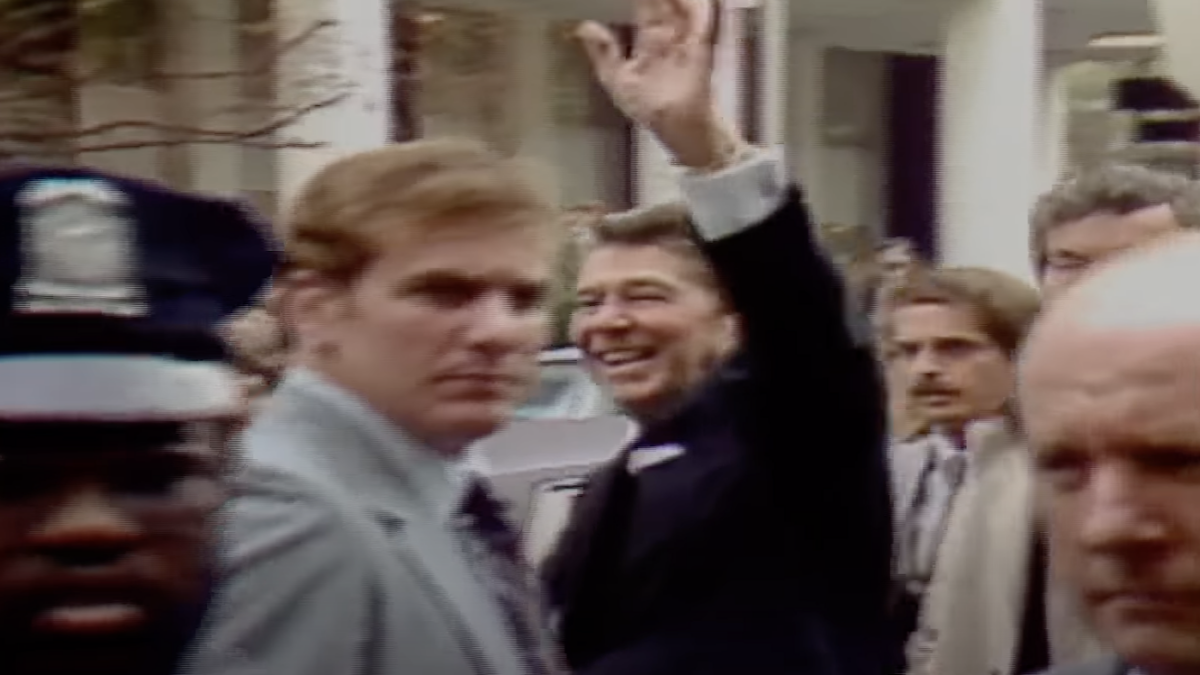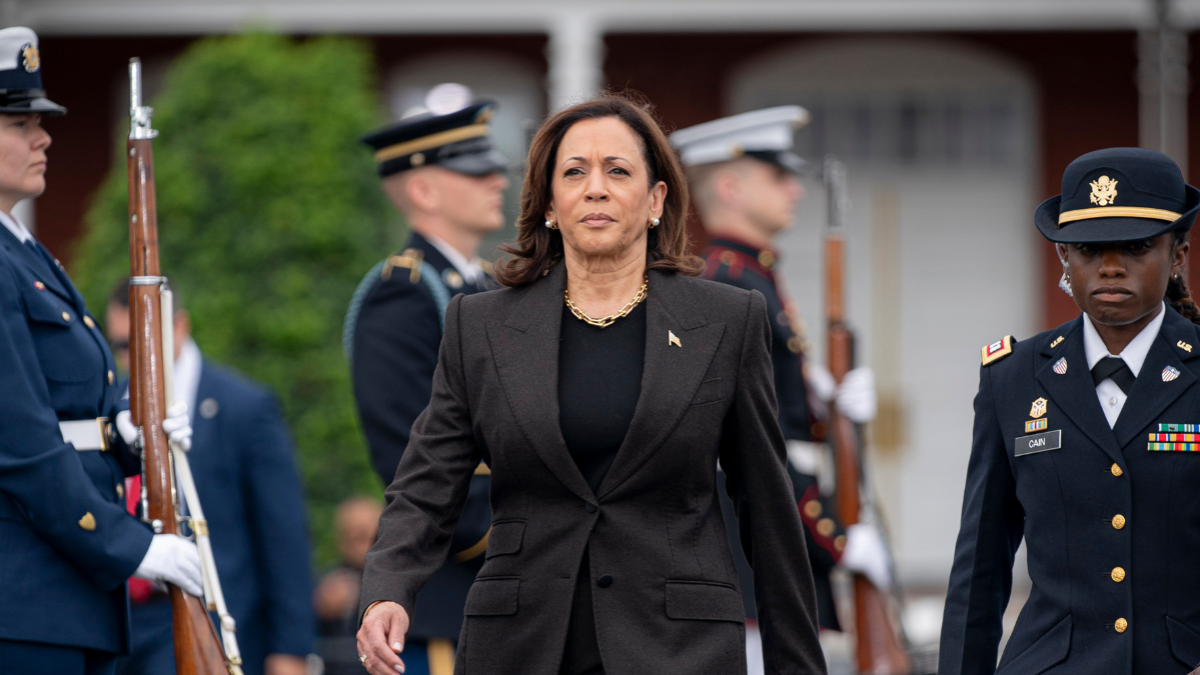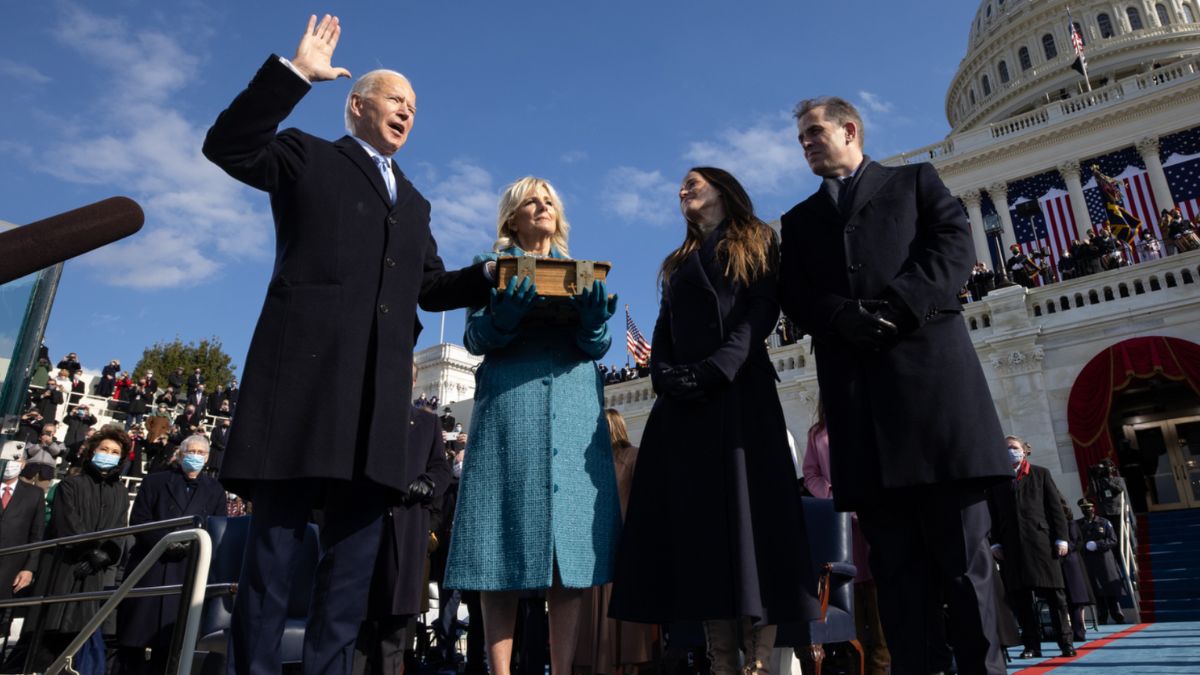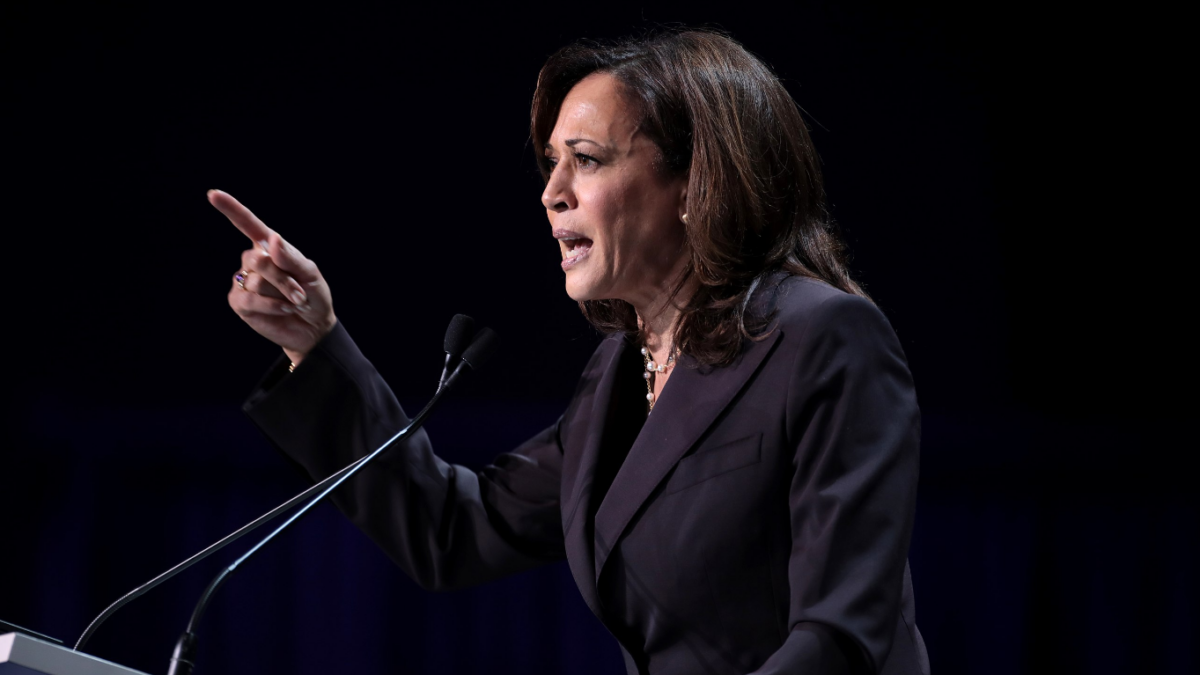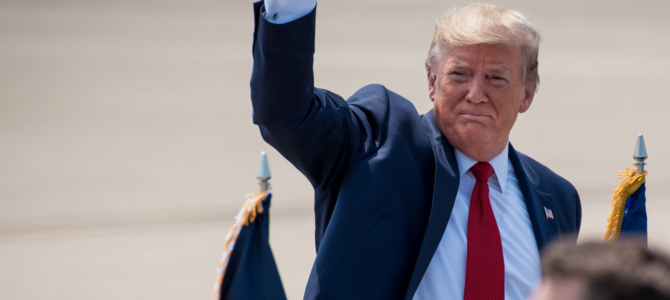
In February 2017, I attended my first Conservative Political Action Conference (CPAC). Donald Trump was fresh off a stunning victory in the 2016 presidential election and it was very easy to tell he had all the energy, vim, and support of the attendees. What was less certain at the time was how Trump would govern and whether his control of the Republican Party would be a longstanding feature, or just some weird detour.
This weekend I attended CPAC again. This time, it was held outside of the Washington DC region for the first time in its 46-year history, in sunny, muggy Orlando, Fla. The change in venue was of course a result of the COVID lockdowns still imposed in the nation’s capital, but it felt like the switch ran deeper than that. Four years on, even in defeat, this is still Trump’s party and seems set to be for some time.
In some sense, though, Trump seemed to be less dominant than in recent CPACs. To be sure, the merchandise rooms and far more abundant sidewalk tables with hats, shirts, and flags to buy were dominated by his name and visage. But he was not the only star. Figures like former acting Director of National Intelligence Ric Grenell, Sen. Josh Hawley, and governors Ron DeSantis and Kristi Noem all had leading turns.
The issues and speeches also reflected Trump’s political philosophy, something many of his enemies still stubbornly refuse to admit even exists. The top theme was the fight against cancel culture, the new way to refer to political correctness long a target for the now-former president’s ire. But panels on the dangers of China also occurred, and so did a panel moderated by the New York Post’s Kelly Jane Torrance on how to defend the pro-life movement. Big tech was railed against. These are all Trump’s issues.
The media landscape was also different. For sure, there were familiar faces like Illinois-based radio host Michael Koolidge, and others of his ilk who prove the backbone of the conservative movement outside our nation’s once gleaming, now a bit run-down metropolises. In the air was the sense that with the recent loss of Rush Limbaugh their role in the fight was set only to get bigger.
There was something that almost felt like an apology from Fox News, which sent its Fox Nation division to the sunshine state en masse, hosting the opening reception and representing the biggest media footprint. The network understands that conservative frustration with how they handled the election and its aftermath opened the door to competitors like Newsmax and One America News. Both of the latter were well represented and one could feel just how ascendant their stars have become.
The environs were also telling. When you get out of DC or New York, the Republican civil war so hyped up a corporate media desperate for it to be real melted away under Florida’s winter sun. There is a jubilance among today’s active conservatives, a desire to party. Sometimes we forget how much of Trump’s appeal, and that of his political vision, was based in fun. Many in the media mocked a large golden statue of Trump that graced the halls. They warned about false idols, but really it was just kitsch and everyone there was in on the joke.
Trump spoke to the adoring crowd on Sunday in the late afternoon. This again marked a change. In past years Trump would speak as the capstone event on Sunday morning. By the afternoon, everyone was heading back to trains or airports. This year Trump would be essentially kicking off one last night of parties.
Trump gave his speech. He’s not fighting for a new party, he is the party. He brought his carnival of liberty back to a big crowd. Is he fighting the feckless? Yeah, of course he is. But he reminded us all that the GOP has changed, and it’s glorious.
I would not be terribly surprised if CPAC moves permanently to Florida. It speaks to a GOP and a conservative movement that its moving away from big city establishmentarianism and reliance on suburban white voters to a more national party. It sees its future in smaller and more diverse communities. The increase of diversity has been remarkable at CPAC these four years. Anyone who thinks this is a blip and not a trend really isn’t paying attention.
If that chilly CPAC of 2017 was the dawn of the Trump era, then this year’s warmer variety felt like the midmorning. Now people were dressed, had had their coffee, and were ready to take on the day, the challenge, the New Right charging forward.
There was a clarifying quality to it. For four years the wrong question has been asked. Why, everyone wondered, are some Republican electeds so scared of Trump and his tweets? It was never really Trump, and he’s not even on Twitter anymore. What those officials feared and still do is Trump’s voters.
Not long after I got to CPAC this year, I tweeted that GOP voters will no longer accept candidates who do not support their interests. A good friend who hews closer to the old establishment than I do responded, asking what if the voters don’t know what is in their own interests.
I said I imagined that was for the voters to decide. And they are deciding. That is ultimately the very image of populism. And for now, that populism is here to stay.


